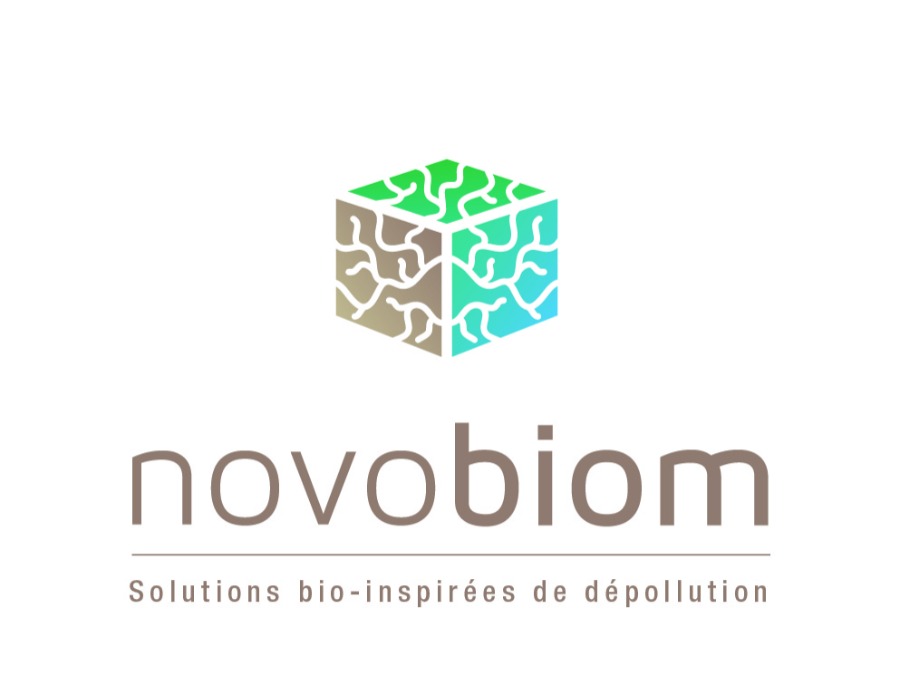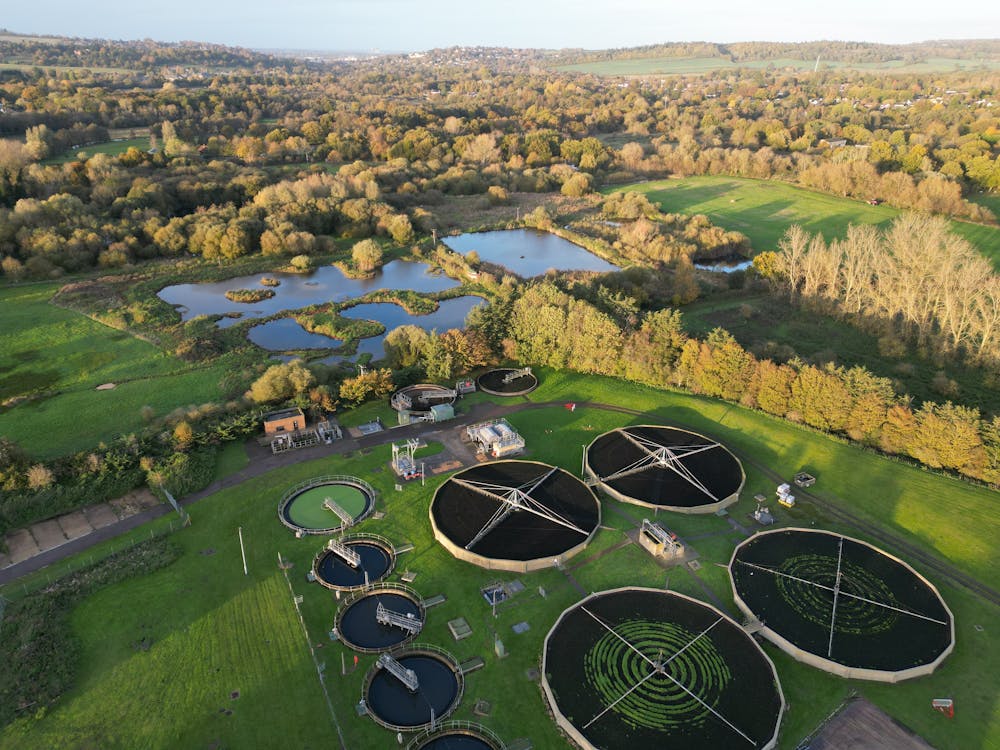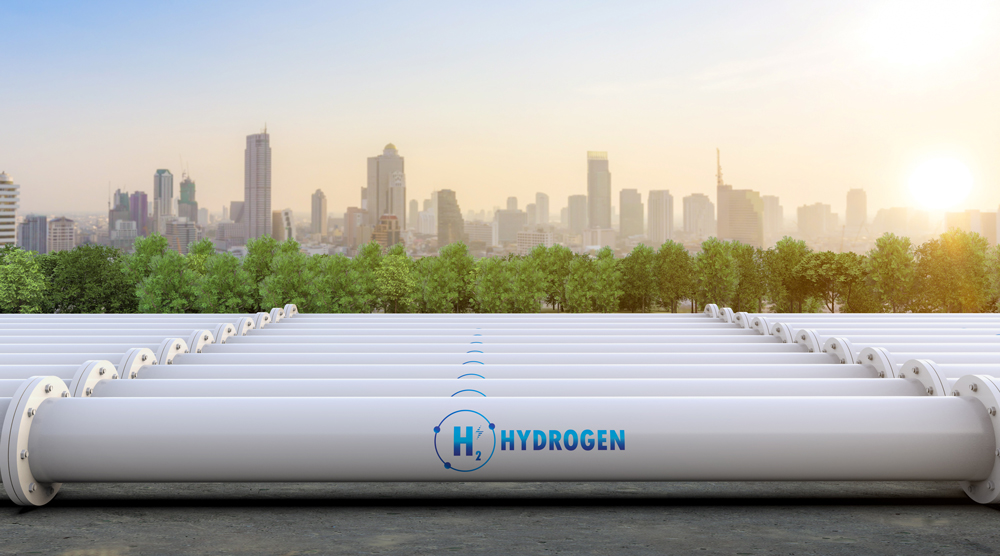Hacking science to protect the planet? These environmental engineering companies are giving it a shot.
Environmental Engineering: A Brief Overview
Environmental engineering is a broad field, but generally refers to improving the environment in some way through engineering. This doesn’t have to be your standard mechanical engineering; chemical and biological engineering also play key roles.
A big chunk of the environmental engineering industry is focused on the large-scale processes that make urban life sustainable. Wastewater management is a big one, as are sustainable construction and waste processing. These projects are usually run by governmental offices or several large companies who aren’t singularly focused on environmental engineering. There’s also a sizable group of consultancy services that can guide projects in becoming more sustainable.
But the worsening climate – plus the increased public concern and legislative efforts to curb it – have created a need for even more sustainability. That’s where the environmental companies come in. Their projects go beyond the measures needed to keep cities ticking; instead, they home in on smaller areas or processes either to make them greener, more efficient, or help them adapt to the effects of climate change.
Read also: Top 10 Wave Energy Companies in 2024
8 Best Environmental Engineering Companies
Aclima

- Location: US
- Founded: 2007
- Number of employees: 56
- Amount raised (USD): $87.8 million
- LinkedIn: https://www.linkedin.com/company/aclima-inc-
Overview: After 15 years of work, Aclima can now track pollution and air quality down to the block – at least in the San Francisco Bay Area, where Aclima’s technology was tested out for the first time. The company’s method involves a fleet of stationery and car-mounted sensors to track a multitude of pollutants; these include the big ones like CO2 and methane, but more obscure ones like BTEX are also measured. This not only helps figure out emission sources, but also highlights how they affect different socioeconomic groups.
Epic Cleantec

- Location: US
- Founded: 2015
- Number of employees: 21
- Amount raised (USD): $13.9 million
- LinkedIn: https://www.linkedin.com/company/epiccleantec
Overview: With every flush of a toilet or turning on of a heater, Epic sees an opportunity. This environmental engineering company has devised a method of recycling a building’s wastewater through its OneWater system: essentially a water purification plant in size small that sits in a building’s basement. Recycling can happen in three ways. The first, which is now being trialed in two San Francisco buildings, is purifying greywater – any wastewater free of food or human waste – and sending it back to fill toilets and urinals. Epic also wants to capture heat from wastewater to warm up water not yet used (Epic claims energy wasted this way could power 30 million homes). Finally, it’s planning to use black water (which does contain food and human waste) to create a soil conditioner. Epic claims its system can reduce water demand and utility costs by up to 95%.
Blue Green Water

- Location: Israel
- Founded: 2014
- Number of employees: 35
- Amount raised (USD): $24.4 million LinkedIn: https://www.linkedin.com/company/bluegreen-water-tech
Overview: BlueGreen Water is named after the thing the company set out to destroy: Cyanobacteria, also known as green blue algae. This toxic sludge clogs up lakes and ponds, blocking out sunlight; as a result, other algae can’t photosynthesize, starving the water of oxygen and essentially killing all other life. Climate change has made this more common; in some regions, higher rainfall floods waterways with nutrient-rich runoff from nearby farms, and warmer weather creates a cozy environment for the bacteria to nestle in. BlueGreen cooked up a few different antidotes (based on hydrogen peroxide, copper sulfate, and aluminum sulfate) that it doles out according to an AI, which develops a bespoke treatment plan for every location. The company has now successfully de-algaed lakes in Israel, China, South Africa, and the US. BlueGreen’s method also works as a carbon removal technique; the company claims to have removed 12,913 tons of CO2 during a lake remediation in Utah.
Majik Water

- Location: Kenya
- Founded: 2017
- Number of employees: 3
- Amount raised (USD): unclear
- LinkedIn: https://ke.linkedin.com/company/majik-water
Overview: For the last few years, East Africa has been plagued by an intense drought courtesy of climate change; half of Kenya’s population lacks access to clean water. This is what Majik Water hopes to change. This environmental company builds devices that capture water from the humidity in the air and aims to make them accessible to as many communities that need it. The machines come in three sizes – capable of capturing 25, 120, and 500 liters a day – and work by sucking in the humidity via fans; the water is then liquified, sanitized, and topped up with minerals before it’s ready to use. With 30 deployments so far (20 large-scale, 10 small), Majik’s systems are currently providing 1,900 people with 200,000 liters of water.
Manifest Climate

- Location: Canada
- Founded: 2015
- Number of employees: 57
- Amount raised (USD): $28.1 million
- LinkedIn: https://ca.linkedin.com/company/manifesttech
Overview: The field of environmental engineering is already rife with consultancies, but Manifest uses AI to help companies plan their climate risks, opportunities, and strategies. Its selling point is taking away the pain of developing climate strategies; it claims to automate 80% of time-consuming processes (saving 99% of time spent on “manual research”).
Winnow

- Location: UK
- Founded: 2013
- Number of employees: 145
- Amount raised (USD): $10 million
- LinkedIn: https://www.linkedin.com/company/winnow-ltd-
Overview: Food waste is one of the trickiest emissions sources to tackle, but Winnow’s technique is already showing promise. The company sets up so-called smart bins in restaurants, which weigh and scan anything dumped into them. An AI estimates the worth of the waste far better than a human could; over time, this allows restaurants to reduce how much is wasted. The tech has now been installed in over 2,700 kitchens, with several more than halving their food waste.
Salinity Solutions

- Location: UK
- Founded: 2019
- Number of employees: 12
- Amount raised (USD): $5.34 million
- LinkedIn: https://uk.linkedin.com/company/salinity-solutions
Overview: After spinning off from the University of Birmingham, Salinity Solutions reckons it’s changed the water purification game via its method of reverse osmosis. Reverse osmosis is already widely used in water purification; unlike regular osmosis, in which water flows through a membrane into an area of higher concentration, external pressure is applied to force impure water through the membrane, leaving impurities behind. Salinity Solutions claims its process is both 50% more efficient and cleaner than standard reverse osmosis; it’s completed a handful of trials in several industries (including lithium mining and municipal wastewater) and now hopes to ramp up its commercial production.
Novobiom

- Location: Belgium
- Founded: 2017
- Number of employees: 10
- Amount raised (USD): $2.77 million
- LinkedIn: https://be.linkedin.com/company/novobiom
Overview: Soil contamination can be a pain to deal with, but Novobiom’s solution is simple: mushrooms. The company claims these can break down the most stubborn of soil pollutants (a process known as mycoremediation). It’s applying the same principle to textiles and waste, using fungi to recycle them into biogas or other reusable substances. Novobiom is already working with L’Oréal under its Green Science Incubation program and plans to use a recent cash infusion to further develop its process and open a pilot plant.
Read also: Top 8 Nuclear Energy Startups in 2024
Challenges and Opportunities for Environmental Engineering Firms
With droughts, extreme weather, and heatwaves battering the planet, climate change brings with it a whole new array of problems that can only be addressed by environmental engineering. Environmental engineering firms are at an advantage here as they’re primed for innovation and can provide the tech that municipalities or bigger companies want but can’t develop themselves. And since so much of this field deals with the symptoms, not the causes, of climate change – in other words, the ways it affects people’s lives – much of these technologies have a clearer market than many other environmental technologies.
Still, it’s not without its challenges. The kind of engineering these companies specialize in often falls into the category of adaptation tech: ways to cope with the effects of climate change. This niche is already notoriously underfunded, but companies in Europe and the US – where VC funding is fruitful – can still get by. In the Global South, though, which tends to be most affected by climate change, funding is even scarcer since most VCs tend to stick to their local scenes.
Read also: Top 9 Environmental Remediation Companies in 2024
The Future of Environmental Engineering and Its Companies
A mere nine years since the 2015 Paris Agreement, the world is already breezing by its emissions targets. For environmental engineering companies, however, that’s a surefire market; even now, many are already seeing success (especially those focused on adaptation tech). But as some companies are beginning to integrate their tech, Western ones have it much easier than those in the Global South, where the VC funding is simply not as fruitful.
The tragedy of Greentech is that while its purpose might be to better the environment, it usually has to prioritize making money to get there. So while the ideas are out there, the price of doing business might keep it from the people that need it the most.






